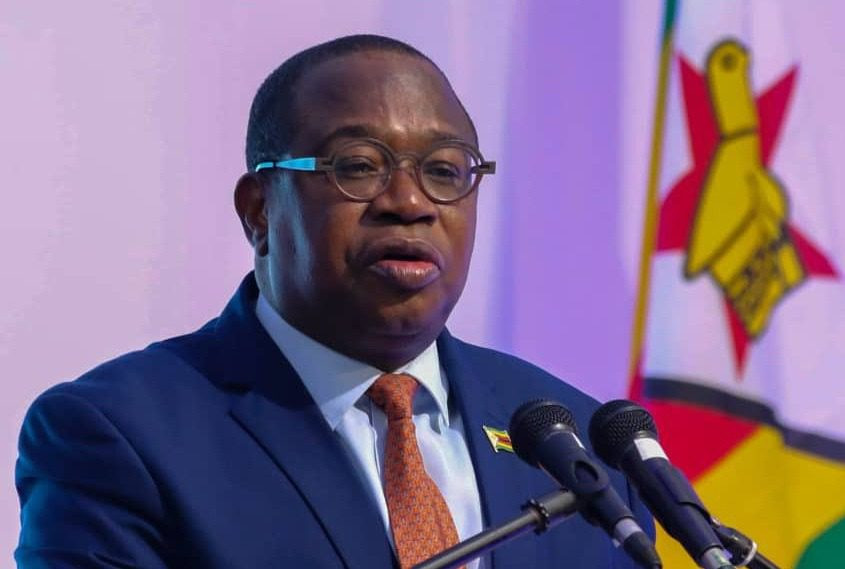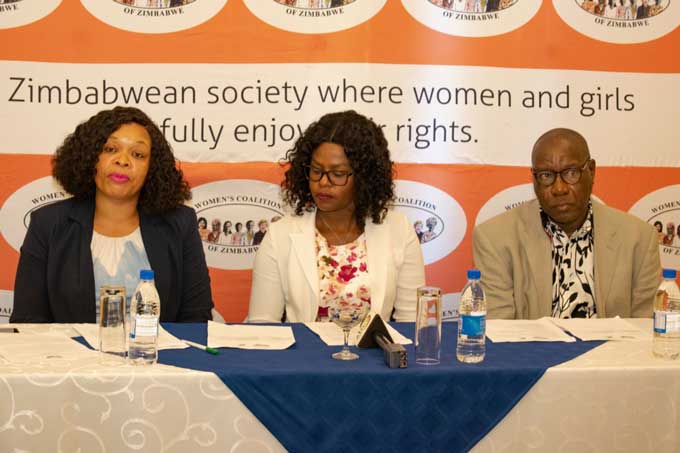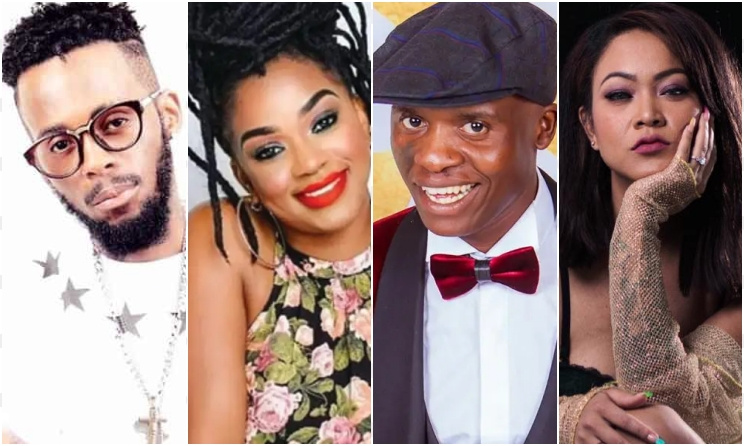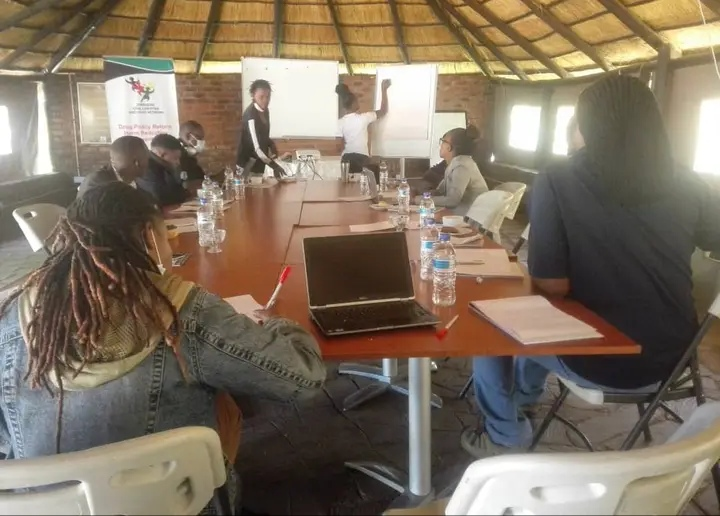
Art-centric approaches to leadership integrate artistic principles, values and practices into national leadership development and execution.
The rhetoric is: Can a creative or an artist be a legislator? Can they take the role of being an honorable member of parliament?
Yes, definitely an artist can certainly become a member of parliament. There are no restrictions that prevent an artist from holding political office. It can actually be an advantage for arts sector development.
Many artists have been involved in politics throughout history, and they have used their platforms to advocate for various social, cultural, and political causes.
Artists bring unique perspectives to the political arena, often focusing on issues related to creativity, cultural heritage, freedom of expression and social justice.
Their experiences and insights can contribute significantly to policy-making and legislative processes.
It is worth noting that while being an artist may not disqualify someone from holding political office, they would still need to meet the eligibility requirements and win the necessary elections or appointments to become a member of parliament, just like any other candidate.
This is the case for Nkulumane legislator Desire Moyo (CCC) also known as Moyoxide.
- War vets demand Parly seats
- Govt to review suspended contracts as Zimdollar shortage bites
- Laptops deal rile TIZ
- Take Parly Clerk to task over laptops scandal
Keep Reading
It is in the rarest of cases that the country has a creative or an artist who is now in the Parliament of Zimbabwe, and particularly from Bulawayo.
Of note is how he has been instrumental in fostering for more community engagement in the actualisation of development in his artistic career. He uses a critical approach which encapsulates the importance of creativity and innovation in problem solving and decision making.
Leaders are individuals who are encouraged to think outside the box, experiment with new ideas and embrace unconventional solutions, much like how every artist does in the creative process.
Moyo tells The Standard Style how community development is crucial for several reasons, and how it encompasses social, economic, and cultural aspects.
"Community development fosters bonds among residents, leading to stronger social networks and a sense of belonging. This cohesion contributes to a safer, more supportive environment where individuals can rely on each other for various needs.
"Engaging community members in decision-making processes and initiatives is important. Community development empowers individuals to take charge of their own development. This empowerment enhances self-esteem and encourages active participation in shaping the community's future," Moyo said.
It is of note that communities possess a wealth of resources, including human capital, natural assets, and local knowledge. Effective community development helps identify and leverage these resources optimally for the benefit of all residents, promoting sustainable development.
Another critical facet to put attention to is with regards to how community development endeavors to address systemic inequalities and promote social justice by ensuring equitable access to resources and opportunities for all residents, regardless of background or socio-economic status.
Inclusive practices strengthen the fabric of the community and promote a sense of fairness and belonging which is needed particularly in Bulawayo.
"Many communities such as Nkulumane constituency have unique cultural identities and traditions that contribute to our vibrancy and resilience. Community development efforts should respect and celebrate this cultural diversity, preserving heritage while fostering intercultural understanding and cooperation.
"In essence, community development is not just about physical infrastructure; it's about nurturing vibrant, inclusive, and sustainable communities where every individual can thrive and contribute to collective prosperity," he said.
From the perspective of art and development, strong communities are characterized by active civic participation and democratic governance.
Community development promotes citizen engagement, advocacy and accountability, ensuring that decision-making processes are transparent, inclusive, and responsive to community needs.
Personally, I had the privilege of also attending some of his engagements where he is cementing his constituency development vision within Nkulumane starting with an engagement process with the local community stakeholders, and even going to different schools around Nkulumane to meet with teachers, students and parents.
In my observations, and particularly pertaining to the youth cluster — I was also happy to see a good number of artists who have the drive for civic engagement and on issues that orient to community development.
I am of the deep feeling that there is a need for artists to be proactive in the drive for civic engagement as they come from within communities and hence their participation remains core.
Through partaking in civic engagement activities, it also becomes of relevance and importance for artists to learn more about the dynamics of community development and aesthetics of art-centric leadership through vicariously or directly learning from Moyoxide who is already in the field as a legislator.
Moyo explained how as a poet, an artist and legislator he was using various mediums to express ideas and emotions.
As an art-centric leader, his focus is on developing expressive communication skills.
He also outlined how in his art and leadership journey he had learnt of the power of storytelling, metaphor and symbolism to convey complex messages that inspire in line with his deeper call to serve the Nkulumane community.
Like improvisational actors, art-centric leaders like Moyo are adaptable and flexible in their approach as a true leader has to be relatable with, and also be someone approachable.
This has to be a lesson in point for any aspirant leader who has to understand the power of being approachable and not someone who wants to be deified and feared.
Artcentric leadership is based on the premise of change and as artists we have to understand how change is constant and we have to also be able to embrace uncertainty as an opportunity for growth and innovation.
By virtue of artistic confidence and creative prowess every artist just like Honorable Moyoxide should be willing to take the risks and in the process explore new possibilities even if it means stepping out of their comfort zone.
Besides the commitment to representing his constituency in the Parliament I also expect that Moyo will also be the voice of the artists within the legislative assembly.
Artcentric leadership means he is also bound to stand for the arts, and particularly the plight of the artists within impoverished areas, rural areas and the marginalised groups who remain unheard.
His representation for the arts sector should be based on experience of a personal struggle as an artist till now when he has the opportunity to stand among different legislators.
I am of the view that legislators can play a crucial role in advocating for the rights and recognition of creatives and artists by suggesting and implementing various policies and initiatives in the legislature.
Art-centric leadership emphasizes the importance of collaboration and collective creativity. Leaders recognise that great ideas can come from anywhere and encourage a culture of openness, inclusivity, and diversity of thought which is what local community development is in need of.
- Raymond Millagre Langa is a musician, poet, orator, independent researcher and founder of Indebo edutainment Trust. You can follow him on Facebook @Millagre Ray Langa, on X you can follow on #Millagre Langa, email. millagrepapito@gmail.com or indebotrust@gmail.com










